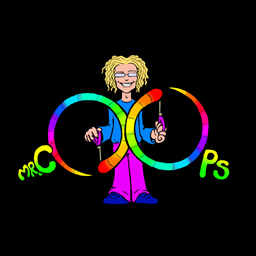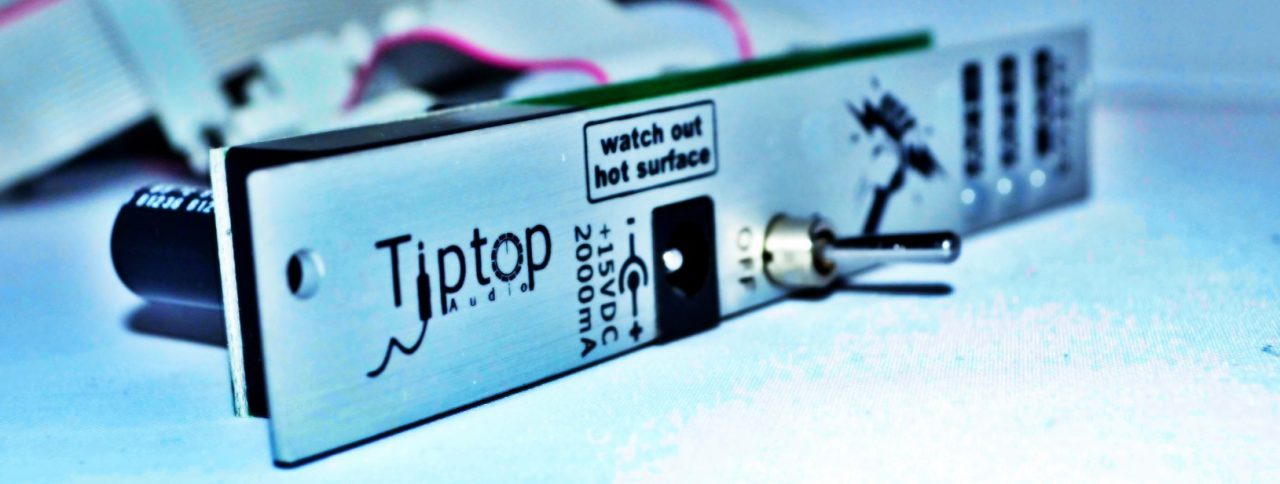It became quickly apparent that the lighting for this play would be quite technically difficult with upwards of 30 scenes to light effectively. On top of this the performance space was in the traverse

and given the the-box-lighting-plan we knew we needed to make the plan as flexible as possible to ensure we had the potential to change colours and positions of lights if needed without resorting to changing gels. As such we designed using LED parcans and moving heads – Robe Colorspots and colorwash. We knew that we would need stage washes and for these we were to use fresnels and these for the most part were going to contain LEE 702 Special Lavender gel. This colour is a good starting point and can lend itself to cool and warm effects depending on what it is mixed with from other lanterns. Please see this video from about 2:30mins
Neutral Colours
The range of neutral colour filters have a unique characteristic as they mix with both warm and cool colours and are also good for lighting the face. They can be used to provide a general acting area wash with highlighted areas in warm or cool colours.
702 Special Pale Lavender
produces a warm/cool white light that changes when mixed with complentary colours.
Warm tone wash – 702 Special Pale Lavender mixed with 154 Pale Rose produces a warm area of light.
Cool tone wash – 154 Pale Rose produces a warm area of light. mixed with 063 Pale Blue produces a cool area of light.
Taken from
Alongside the LED lights and other we thought we would then be able to deal with any lighting states required.
We also knew the setting for some of the scenes so we needed to create rectangles on the floor – again fresnels with barndoors.
Spots on the floor – profiles pointed and focused straight down.
Where we knew we wanted specific colours we chose gels accordingly and positioned the lights on our plan to achieve the desired effect. We were also going to use cinefoil in floods to light long thin sections of the traverse.
This was cut to the shape of a gel frame and then had a slit cut in the middle. This was then tested and adjusted according. Care was taken not to cut too much in the beginning of this process.
Also it is worth noting here that we also decided that the use of a diffuser would be useful on the LED parcans so as to avoid hotspots and give more even lighting. Again we were looking to give ourselves as much flexibility as possible here. We did some research looking at the videos below and also the lee website.
We diced that 255 Hollywood Frost would be ideal for our parcans.
With these choices made and the plan of scenes we started to draw up a plan. We had started an earlier plan just based on our observation and interpretation of the script at a very basic level.
As you can see this was very basic and did not allow enough flexibility. We had concentrated only on what we knew for sure that was wanted at this time. As time progressed and we researched further we amended our plan.
Lighting Plan Buckets preliminary – this is a breakdown of the scenes with lighting states and some ideas listed. Which enabled us to come up with the following

As you can see on the image above there are four fresnels with L702 gel in them, they could be made cool or warm with the addition of the fresnels on the centre bar L202 (cool) or L204 (warm) We interspersed the LED parcans to add further lighting where necessary.
This was then further refined

As can be seen the p[lan had been slimmed down with less gels being used and more reliance and the LED fixtures to allow us to achieve the desired as yet unconfirmed lighting states. The Green Profiles we knew were required at this stage. I should also state here that the floods on either side of the traverse had the foil slits situated in them to gives us a light line along the middle of the traverse.
We could then produce a scene by scene plan detailing which lights would be used when. The numbers here are currently arbitrary as we had not rigged and thus do not know precise channel numbers.

